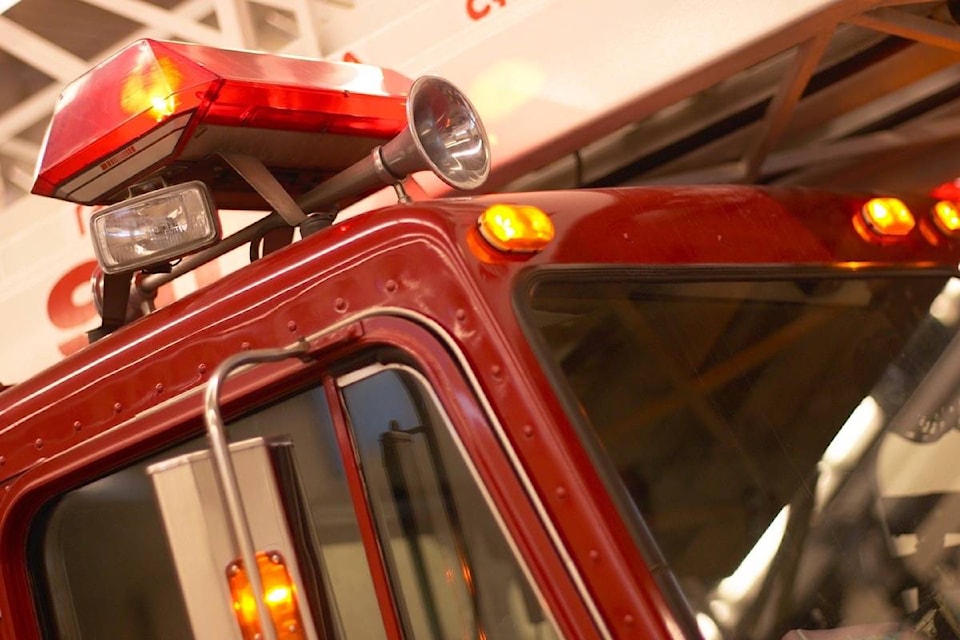Residents of Burton have to pay fire insurance premiums as if they don’t have any fire protection at all — even though they have a volunteer department in town that hasn’t lost a building in years.
And it’s all because of the age of their fire trucks.
“It’s something you have to accept when you live out here,” says Brian Harrop, chief of the local volunteer fire department. “They just don’t recognize there’s a fire department in the area.”
The bad news came recently when Harrop applied for a fire rating from the Fire Underwriter’s Survey, an organization that helps insurance companies set rates by determining what kind of coverage the community has. A major urban centre would get a Grade 1 rating, while a rural property with no service at all would get a Grade 5.
Burton got a 5.
“I was hoping for a Grade 3 or something around there,” said Harrop, because the community has two trucks that are able to haul 1,800 gallons of water to a blaze. “But they won’t look at any of this, once they see the age of the trucks.”
Both the community’s pumper and tanker trucks are more than 30 years old, the cutoff for the lowest rating.
“Even though they are inspected yearly, and are in good mechanical condition, once they are determined to be over 30, that’s it, no coverage,” he says.
Residents can still get fire insurance but will pay the full rate. If the community had a recognized fire service, those rates could be cut anywhere from 30-70 per cent.
“It’s never great when we can’t grant recognition,” says Michael King, who did the Burton assessment for the Fire Underwriters Survey of Canada. “But we can provide some recommendations where, if they make improvements they can always come back and have it reviewed anytime.”
King says the FUS is an “incentive-based system,” where residents of a community can reduce their insurance costs by improving their fire service.
He pointed out that the new rating doesn’t change things. Before the formal rating, the area was simply unrecognized, and an insurer would have defaulted to the same low grade.
Harrop says it’s just not practical to think Burton will be able to improve its service anytime soon.
“The RDCK would have to upgrade our standpipes to hydrants, increase the size of our water holding tank, so there’s a huge, huge dollar right there for them to re-plumb everything,” he said. “Two new or newer trucks would cost $300,000, and you’re still looking at other expenses: upgraded equipment, you need a minimum 15 volunteers, and the fire chief is supposed to be paid. That’s a tough one.”
News of the rating angers Paul Peterson, the RDCK director for the area.
“I think it’s atrocious,” said Peterson, who is also a resident of Burton. “Who elected the underwriters to be the boss of all this?”
He says it’s wrong the survey doesn’t take into account factors like the forest fire break that was recently completed, which would reduce the spread of any wildfire into the community.
“Without the interface, there would be dozens and dozens of claims, but now that won’t happen,” he said. “Shouldn’t there be a reflection on the premium because of that work? I certainly think so.”
Chief Harrop at least takes some solace in the fact the community — despite not being recognized by insurers — has a strong volunteer force.
“The only good thing is the community knows we have trucks, and we do what we can,” he said. “We haven’t lost a residential structure in at least six years and we are proud of that record.
“Unfortunately, that won’t give us a break on the insurance.”
@boivinnews
reporter@arrowlakesnews.com
Like us on Facebook and follow us on Twitter
